Sanitation Facilities
Unique location characteristics, mannerisms and norms that influence the appropriate WASH solution for individual schools
Unique location characteristics, mannerisms and norms that influence the appropriate WASH solution for individual schools
Dense urban settings are characterized by high population density, high traffic, high use rates, limited space and (for schools built post-2000) no access to connected sewers.
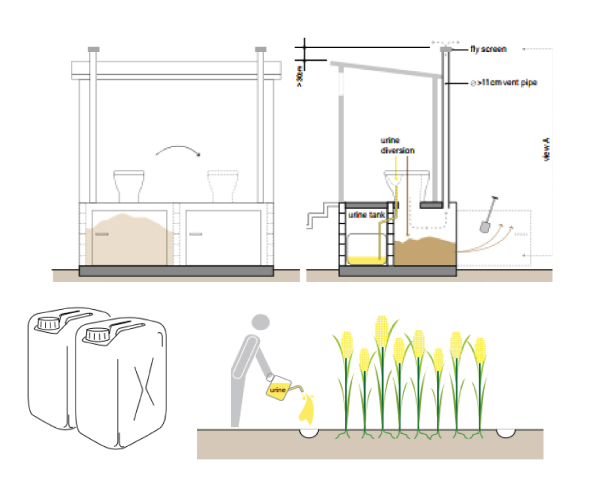
These systems are preferred for this school context over VIPs because of their low O&M requirements relating to sludge management. They do not need mechanized emptying & transport services which often require truck movements, which is often impossible in slums due to the lack of access roads. The lack of emptying & transport augments their low O&M costs for schools, on top of their low capital requirements.
They can be used with urinals to enhance resource recovery initiatives where demand is available.
CBS systems have proved to be the most feasible solution for household sanitation in slum contexts, particularly in Africa, due to their flexibility. They can serve locations inaccessible to other safely managed sanitation systems. For this same reason, they have the potential to provide safely managed sanitation for schools in urban slums. Other reasons for their appropriateness in schools in urban slums are:
The main challenge for CBS in schools is the lack of a service scale large enough to handle typical school populations in slums. It remains to be seen whether CBS service providers can provide this service in a school setting.
However, if the above challenges are resolved, we can consider the following;
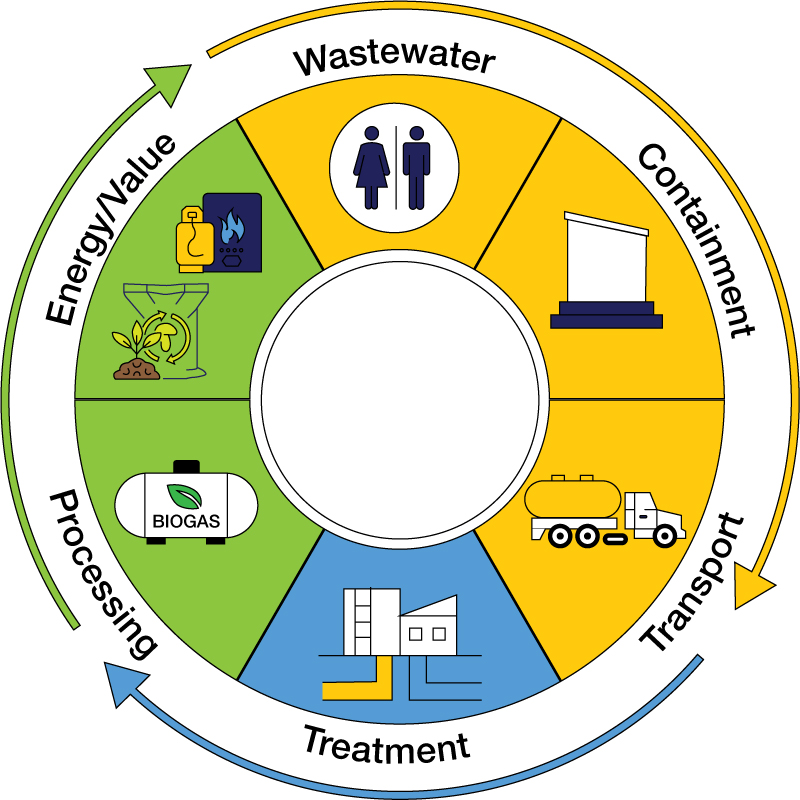
Key Lessons for CBS:
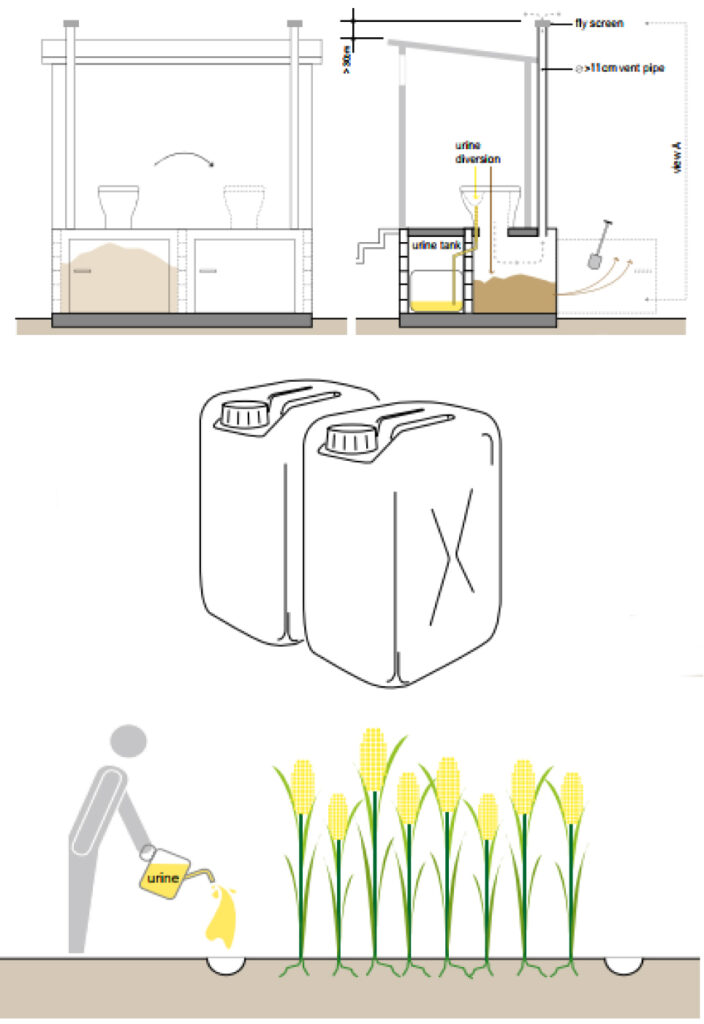
These novel urine-diverting water-based systems are suitable for schools in urban settings because they offer high contextual versatility.
Firstly, they apply to all typologies of wash-down toilet designs: pedestal or squat pan, cistern flush or pour flush, washers or wipers. Therefore, they do not require user behaviour change and are thus suitable for schools with learners from diverse cultural backgrounds.
Secondly, they do not require emptying and transport and therefore offer low O&M costs.
Thirdly, the majority of these systems have their backend system fitted above ground and therefore do not require excavation during installation, a huge advantage in slums where ground conditions are difficult.
Lastly, they offer low-cost treatment with significant potential for resource recovery and can be used with urinals.
The caveat on these technologies is that they might be costly to acquire given the level of innovation involved.
Unlike their counterparts in the dense urban setting, schools in rural settings are characterized mainly by spacious areas with agriculture as the main livelihood activity, low water and sanitation service coverage and few schools, often of large capacity. While the ample space in rural areas presents opportunities for the installation of much larger and improved sanitation infrastructure in schools, factors such as financial constraints and poor sanitation service coverage can prove to be a barrier to the effective operation of such systems.
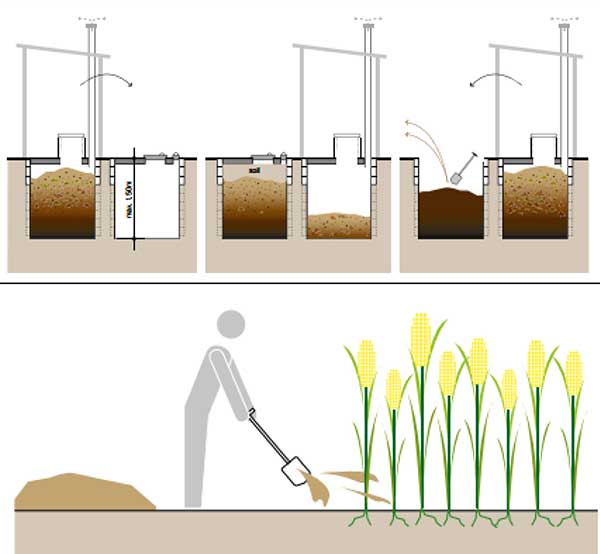
Waterless systems are best suited in rural settings because, unlike VIPs for example, they do not require emptying, transport and treatment services which are usually non-existent in rural areas. Furthermore, they still function effectively without a reliable water supply.
The fact that these systems cannot fill up means with proper maintenance, they can sustainably serve a rural school for many years without the need for new facilities, exhibiting exceptional cost-effectiveness. The resultant humic product from these systems can be applied as a soil amendment to the school’s or neighbouring community’s agricultural activities to boost farming. Urinals can be used with the systems to enhance resource recovery depending on the demand.
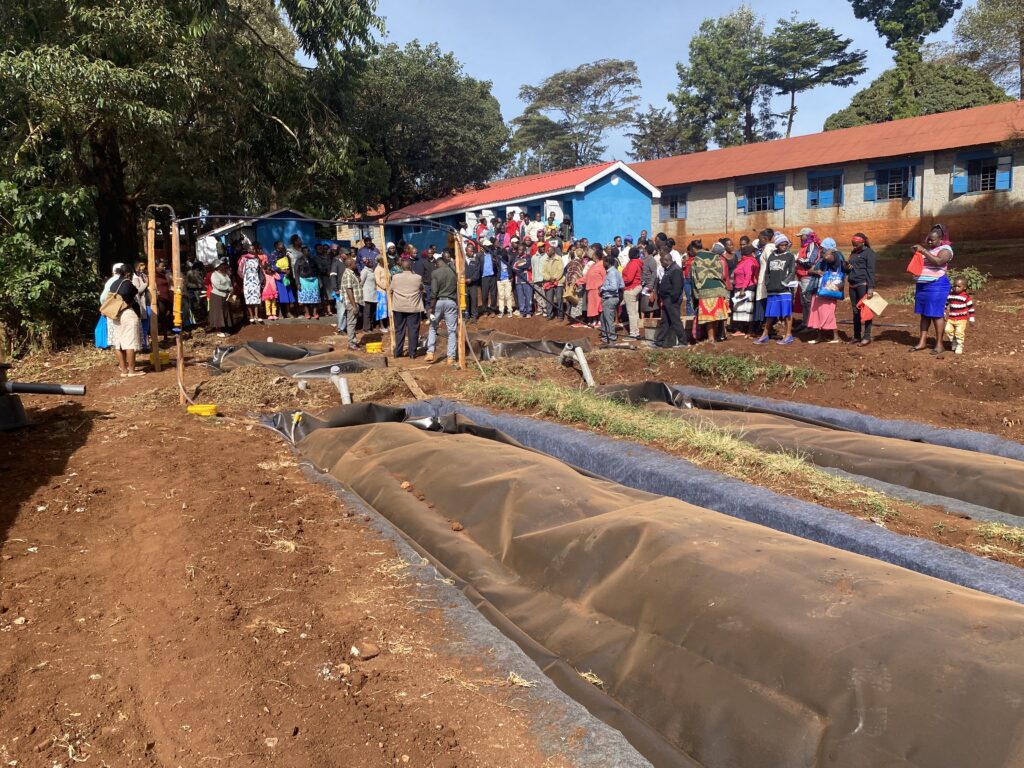
This system requires space for installation alongside other requirements such as animal manure as additional inputs to enhance gas production. These requirements make this system more appropriate for rural schools since ample space and animal farm activities are likely to be found in rural contexts. Besides, the lack of access to clean energy for cooking and lighting is more pronounced in rural areas than in urban areas of developing countries. This system plays a vital role in reducing the impacts of climate change, and while it may be capital-intensive to install, technology providers for digesters such as Sistema.bio have developed flexible financing options, albeit for household users, which if demand warrants may be applied to rural schools. Furthermore, it is not far-fetched to think about the potential of climate finance instruments for schools in this category following the recent increase in global interest in the nexus between sanitation and climate change.